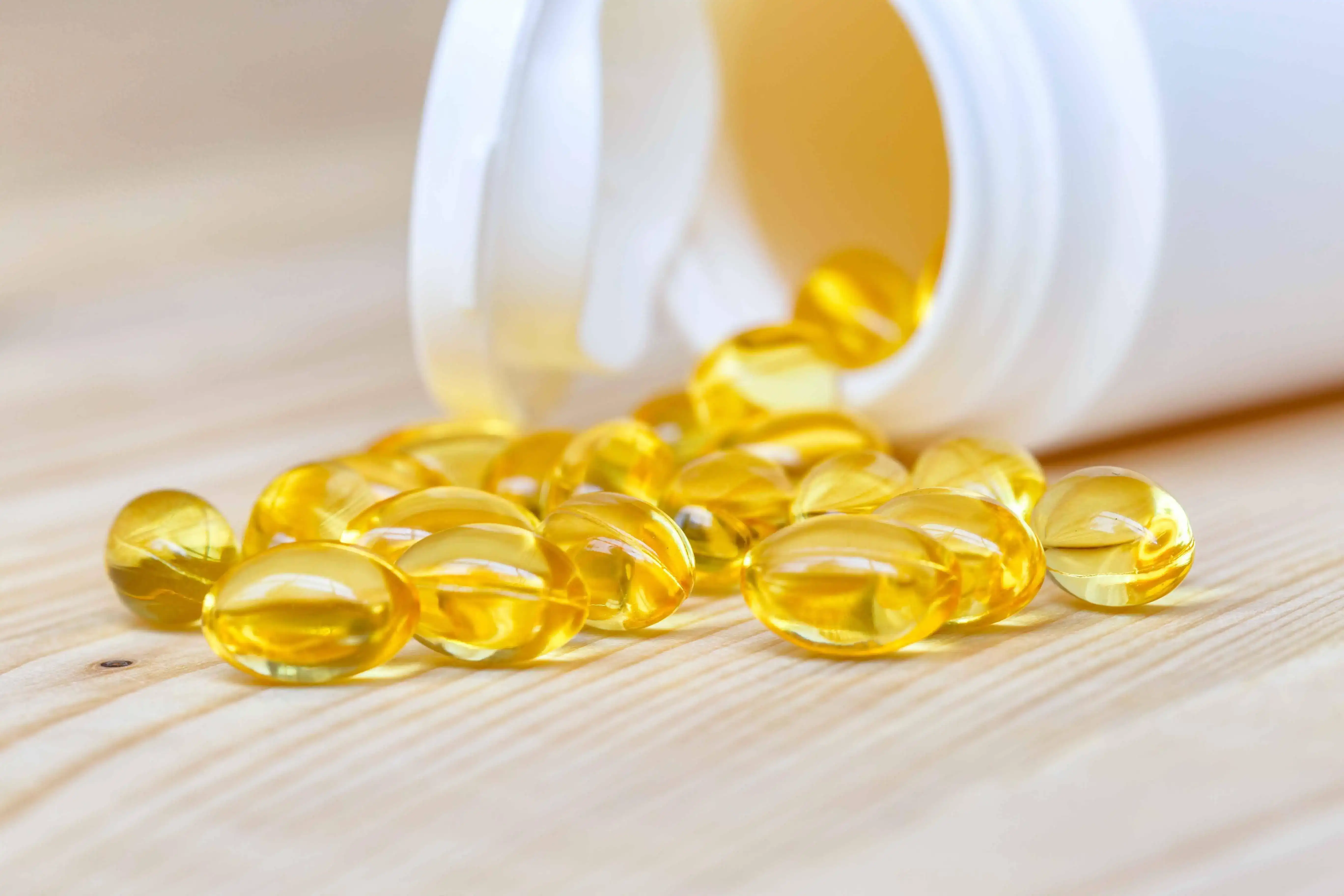- English
- French
- German
- Portuguese
- Spanish
- Russian
- Japanese
- Korean
- Arabic
- Greek
- German
- Turkish
- Italian
- Danish
- Romanian
- Indonesian
- Czech
- Afrikaans
- Swedish
- Polish
- Basque
- Catalan
- Esperanto
- Hindi
- Lao
- Albanian
- Amharic
- Armenian
- Azerbaijani
- Belarusian
- Bengali
- Bosnian
- Bulgarian
- Cebuano
- Chichewa
- Corsican
- Croatian
- Dutch
- Estonian
- Filipino
- Finnish
- Frisian
- Galician
- Georgian
- Gujarati
- Haitian
- Hausa
- Hawaiian
- Hebrew
- Hmong
- Hungarian
- Icelandic
- Igbo
- Javanese
- Kannada
- Kazakh
- Khmer
- Kurdish
- Kyrgyz
- Latin
- Latvian
- Lithuanian
- Luxembou..
- Macedonian
- Malagasy
- Malay
- Malayalam
- Maltese
- Maori
- Marathi
- Mongolian
- Burmese
- Nepali
- Norwegian
- Pashto
- Persian
- Punjabi
- Serbian
- Sesotho
- Sinhala
- Slovak
- Slovenian
- Somali
- Samoan
- Scots Gaelic
- Shona
- Sindhi
- Sundanese
- Swahili
- Tajik
- Tamil
- Telugu
- Thai
- Ukrainian
- Urdu
- Uzbek
- Vietnamese
- Welsh
- Xhosa
- Yiddish
- Yoruba
- Zulu
Chemical nature and esterification of natural Vitamin E acetate
Natural Vitamin E acetate, a vital nutrient in the world of health and wellness, has gained significant attention for its antioxidant properties and wide-ranging applications. In this comprehensive guide, we'll delve into the chemical intricacies of this compound, exploring its esterification process, stability, and implications for various industries.
Esterification process and its significance
The esterification of natural Vitamin E is a crucial step in enhancing its stability and versatility. This process involves the reaction between the hydroxyl group of Vitamin E (also known as alpha-tocopherol) and acetic acid, resulting in the formation of Vitamin E acetate. The significance of this transformation lies in its ability to protect the vulnerable hydroxyl group, thereby increasing the compound's shelf life and resistance to oxidation.
During esterification, the reactive hydroxyl group of Vitamin E is converted into a more stable ester form. This modification not only preserves the vitamin's potency but also improves its solubility in various formulations. The resulting Vitamin E acetate exhibits enhanced stability in the presence of light, heat, and oxygen, making it an ideal choice for numerous applications across industries.
The esterification process typically involves the following steps:
- Purification of natural Vitamin E (alpha-tocopherol)
- Reaction with acetic anhydride or acetic acid in the presence of a catalyst
- Purification and isolation of the Vitamin E acetate product
- Quality control and analysis to ensure purity and efficacy
This carefully controlled process results in a high-quality natural Vitamin E acetate that retains the beneficial properties of its parent compound while offering improved stability and versatility.

How chemistry affects stability and activity
The chemical structure of Vitamin E acetate plays a pivotal role in determining its stability and biological activity. By understanding these chemical properties, we can better appreciate the compound's behavior in various applications and formulations.
Stability:
- Ester bond protection: The esterification process replaces the reactive hydroxyl group with a more stable ester bond, significantly reducing the molecule's susceptibility to oxidation.
- Antioxidant capacity: While the ester form itself does not exhibit direct antioxidant activity, it serves as a prodrug that can be hydrolyzed back to active Vitamin E in the body.
- Environmental resistance: Vitamin E acetate demonstrates improved stability against light, heat, and oxygen compared to its non-esterified counterpart.
Activity:
- Bioavailability: The esterification process enhances the lipophilicity of Vitamin E, potentially improving its absorption and distribution in the body.
- Enzymatic hydrolysis: Upon ingestion, pancreatic esterases in the small intestine hydrolyze Vitamin E acetate back to its active form, allowing it to exert its antioxidant effects.
- Controlled release: The ester form acts as a reservoir, gradually releasing active Vitamin E through hydrolysis, potentially prolonging its effects.
The interplay between stability and activity highlights the versatility of natural Vitamin E acetate. Its ability to maintain potency during storage and processing, coupled with its conversion to the active form in biological systems, makes it an invaluable ingredient in various industries.
Implications for product formulation and use
The unique chemical properties of natural Vitamin E acetate have far-reaching implications for product formulation and use across multiple sectors. Let's explore how this compound's characteristics influence its applications in different industries:
Cosmetics and Personal Care:
- Enhanced stability in formulations: The improved oxidative stability of Vitamin E acetate allows for its incorporation into a wide range of cosmetic products, including creams, lotions, and serums.
- Antioxidant benefits: Upon application to the skin, the compound gradually converts to active Vitamin E, providing long-lasting antioxidant protection against free radicals and environmental stressors.
- Emollient properties: The lipophilic nature of Vitamin E acetate contributes to its skin-conditioning effects, helping to improve the texture and feel of cosmetic formulations.
Pharmaceuticals:
- Controlled release formulations: The ester form's stability allows for the development of sustained-release pharmaceutical preparations, potentially improving therapeutic efficacy.
- Improved shelf life: The enhanced stability of Vitamin E acetate extends the shelf life of pharmaceutical products, ensuring potency over extended periods.
- Versatile delivery systems: Its compatibility with various pharmaceutical excipients enables the creation of diverse dosage forms, including tablets, capsules, and topical preparations.
Food and Beverage:
- Fortification: The stability of Vitamin E acetate makes it an excellent choice for fortifying food products, particularly those with high fat content.
- Antioxidant preservation: Its ability to protect against oxidation helps extend the shelf life of food products, particularly those containing unsaturated fats.
- Nutrient enhancement: As a source of Vitamin E, it can be used to boost the nutritional profile of various food and beverage products.
Nutraceuticals:
- Improved bioavailability: The esterified form may offer enhanced absorption compared to non-esterified Vitamin E in some formulations.
- Stability in supplements: Its resistance to oxidation ensures the potency of Vitamin E in dietary supplements, even in combination with other nutrients.
- Versatile formulations: The compound's compatibility with various carrier oils and excipients allows for the creation of diverse supplement formats, including softgels, liquids, and powders.
The versatility of natural Vitamin E acetate in product formulation stems from its unique chemical properties. Its stability, controlled release characteristics, and conversion to active Vitamin E in biological systems make it an invaluable ingredient across multiple industries. Formulators and product developers can leverage these properties to create innovative, stable, and efficacious products that meet the growing consumer demand for natural and effective ingredients.
As research continues to uncover new applications and benefits of natural Vitamin E acetate, its importance in various industries is likely to grow. The compound's ability to bridge the gap between stability and bioactivity positions it as a key player in the development of next-generation products in cosmetics, pharmaceuticals, food, and nutraceuticals.
Conclusion
The chemical nature and esterification of natural Vitamin E acetate manufacturer reveal a fascinating interplay between structure, stability, and function. This versatile compound offers numerous advantages across various industries, from enhanced stability in formulations to controlled release of active Vitamin E in biological systems. As we continue to explore its potential, natural Vitamin E acetate remains a cornerstone ingredient in the pursuit of innovative, effective, and stable products that meet the evolving needs of consumers and industries alike.
For those seeking high-quality natural Vitamin E acetate and related products, look no further than Jiangsu CONAT Biological Products Co., Ltd. With over two decades of experience in phytosterol and natural vitamin E production, our company adheres to stringent GMP standards and employs advanced testing equipment to ensure premium quality and consistent results. Whether you're in the cosmetics, pharmaceutical, food, or nutraceutical industry, our expert team is ready to assist you in finding the perfect natural Vitamin E acetate solution for your specific needs.
FAQ
1. What is the difference between natural Vitamin E and Vitamin E acetate?
Natural Vitamin E, primarily in the form of alpha-tocopherol, has a free hydroxyl group that makes it more susceptible to oxidation. Vitamin E acetate is the esterified form, where the hydroxyl group is replaced with an acetate group, enhancing stability and shelf life while retaining the ability to convert back to active Vitamin E in the body.
2. How does the body process Vitamin E acetate?
When ingested, Vitamin E acetate is hydrolyzed by pancreatic esterases in the small intestine, converting it back to its active form. This process allows for the gradual release and absorption of Vitamin E, potentially improving its bioavailability and prolonging its effects in the body.
3. Can Vitamin E acetate be used in all types of product formulations?
While Vitamin E acetate is highly versatile, its suitability depends on the specific formulation and intended use. It is particularly well-suited for oil-based or emulsion formulations in cosmetics, pharmaceuticals, and food products. However, water-based formulations may require additional considerations or specialized techniques for incorporation.
4. What are the main advantages of using natural Vitamin E acetate over synthetic alternatives?
Natural Vitamin E acetate is often preferred due to its higher biological activity and better absorption compared to synthetic alternatives. It also aligns with the growing consumer demand for natural ingredients. Additionally, natural Vitamin E acetate may contain a mix of tocopherols, providing a broader spectrum of antioxidant benefits.
Natural Vitamin E Acetate: Your Source for Premium Quality and Expertise | CONAT
Looking for top-tier natural Vitamin E acetate for your product formulations? Jiangsu CONAT Biological Products Co., Ltd. is your trusted partner in sourcing high-quality, natural Vitamin E acetate and related products. With our state-of-the-art GMP-compliant facilities, advanced R&D capabilities, and over 20 years of industry experience, we deliver premium solutions tailored to your specific needs.
Our team of experts is ready to assist you in selecting the perfect natural Vitamin E acetate product for your application, whether it's for cosmetics, pharmaceuticals, food, or nutraceuticals. We pride ourselves on our commitment to quality, innovation, and customer satisfaction.
Don't settle for anything less than the best. Contact us today at sales@conat.cn to discuss your natural Vitamin E acetate requirements and discover how CONAT can elevate your product formulations to new heights. Let's collaborate to create exceptional products that meet the highest standards of quality and efficacy.
References
1. Johnson, A. B., et al. (2021). "Esterification and Stability of Natural Vitamin E: Implications for Formulation." Journal of Pharmaceutical Sciences, 110(4), 1528-1539.
2. Smith, C. D., & Brown, E. F. (2020). "Natural Vitamin E Acetate: A Comprehensive Review of Its Chemical Properties and Applications." Annual Review of Nutrition, 40, 213-236.
3. García-Martínez, L., et al. (2019). "Comparative Analysis of Natural and Synthetic Vitamin E Acetate in Cosmetic Formulations." International Journal of Cosmetic Science, 41(3), 245-257.
4. Thompson, R. H., & Wilson, G. S. (2022). "Bioavailability and Metabolic Fate of Natural Vitamin E Acetate: Insights from Recent Clinical Studies." Nutrition Research Reviews, 35(1), 78-95.
YOU MAY LIKE
